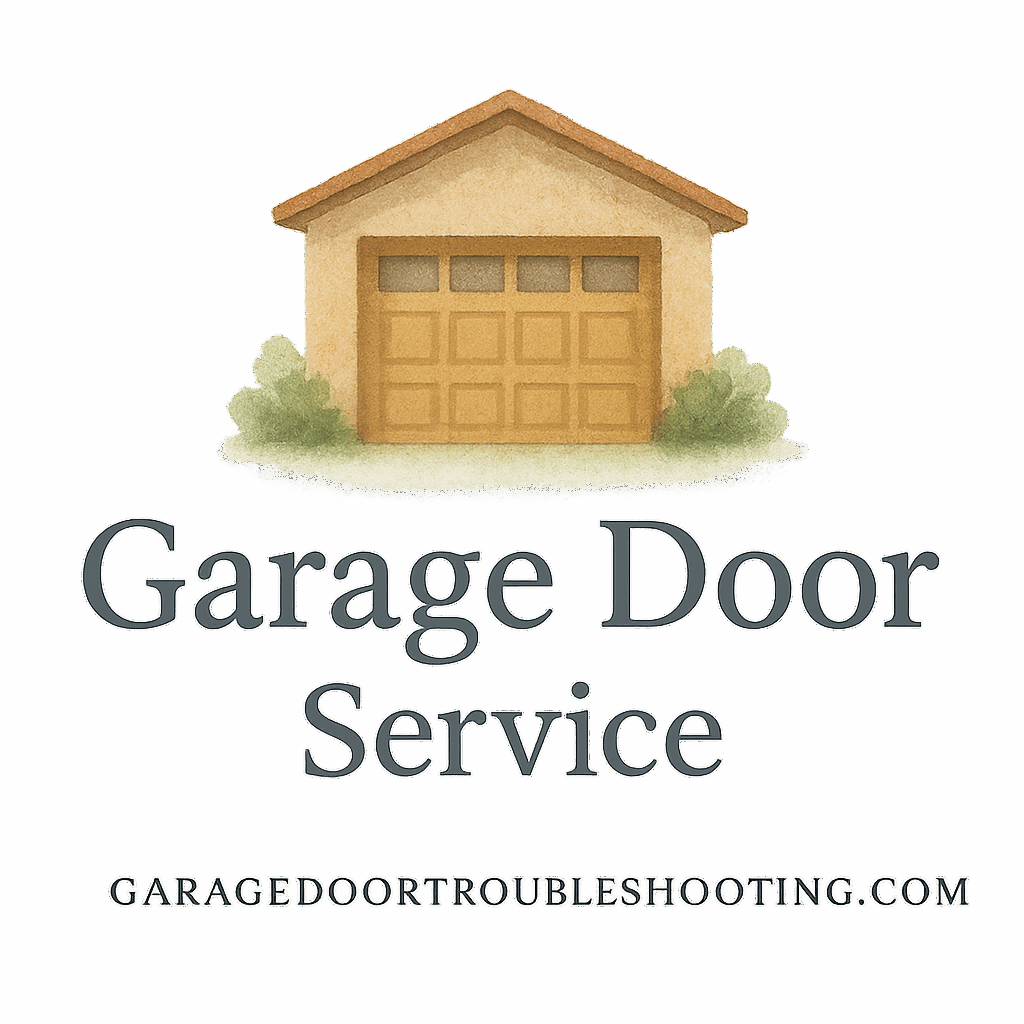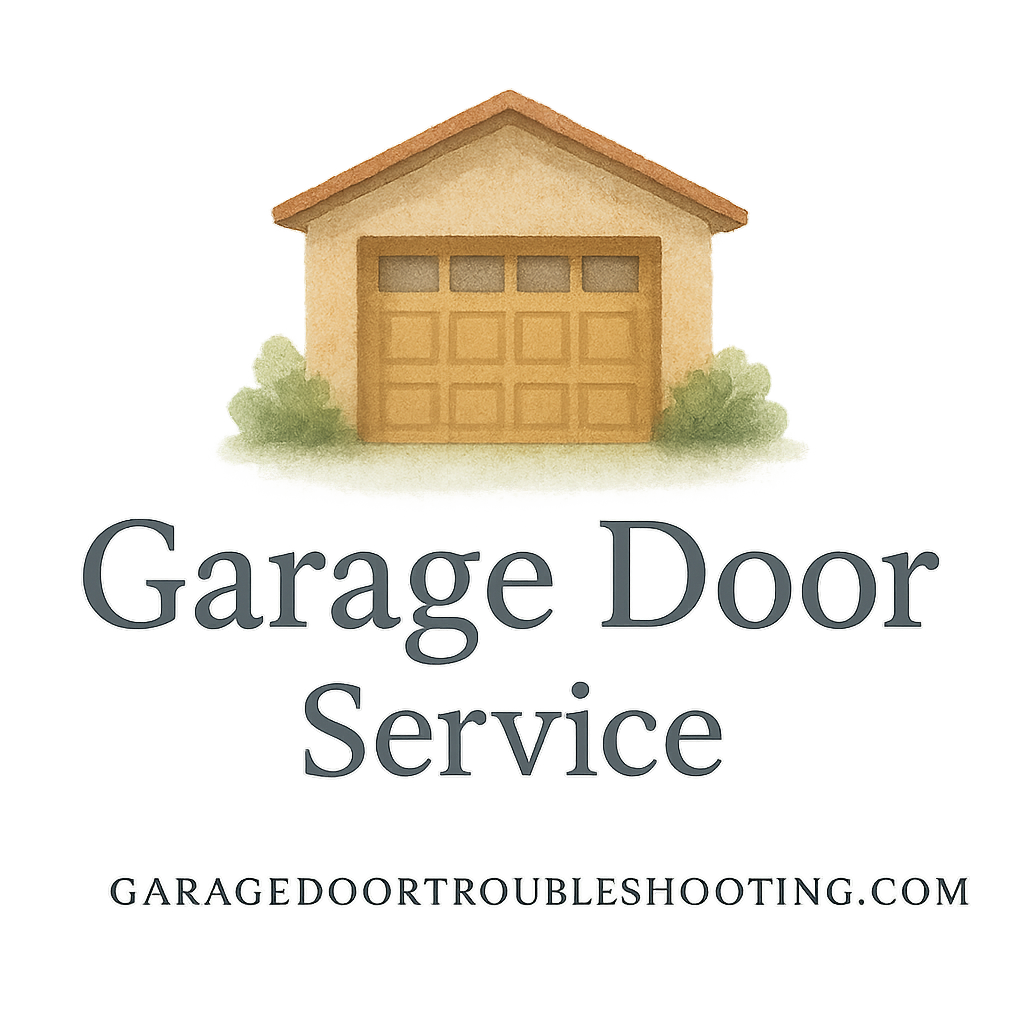Let’s face it — nobody wants a garage door that squeals, grinds, or jerks every time you open or close it. A smooth-operating garage door isn’t just about convenience; it’s about extending the life of your entire system. So, if you’re tired of noisy mornings and want to avoid expensive repairs, you’re in the right place. In this post, we’re diving deep into the 5 garage door lubrication steps for smooth operation.
Why Lubrication is Crucial for Your Garage Door
You wouldn’t drive your car for years without an oil change, right? The same goes for your garage door. It needs regular attention to keep running smoothly.
The Benefits of Regular Garage Door Lubrication
- Reduces wear and tear on critical parts
- Minimizes noise from grinding metal
- Improves the door’s overall function and speed
- Prevents costly repairs down the road
Learn more from our garage door maintenance tips section.
What Happens If You Skip It?
Ignoring lubrication is like ignoring your car’s check engine light. Eventually, you’ll be dealing with bigger problems—bent tracks, snapped springs, or even full system failure. Don’t let it get to that point.
Tools and Products You’ll Need
Before we get into the actual steps, let’s get prepped. You don’t need a fancy toolbox, but a few essentials will go a long way.
Choosing the Right Lubricant
Avoid WD-40—it’s more of a cleaner than a lubricant. What you really want is:
- White lithium grease
- Silicone-based spray
These options last longer and don’t attract dirt.
Browse through our buying guide for recommended products.
Tools That Make the Job Easier
- Rag or cloth
- Ladder
- Small brush
- Safety goggles
- Drop cloth to catch drips
Step 1: Inspect Your Garage Door System
You can’t fix what you haven’t examined. Start with a thorough inspection.
Listen for Noises and Watch for Jerks
Open and close your garage door. Listen for grinding, squealing, or anything that sounds “off.” Watch the movement—is it smooth or jittery?
Check Hinges, Rollers, and Springs
These are the parts that will most likely need lubrication. Also, take a peek at the tracks to ensure there’s no blockage.
For a deeper guide, head over to our garage door repair guides.
Step 2: Clean All Moving Parts Before Lubricating
Lubricating over dirt is like putting on deodorant without showering—it doesn’t help much.
How to Safely Remove Dirt and Debris
Use a dry cloth or brush to scrub off old grease, dust, and spider webs. If it’s super grimy, a bit of mild soap and water will do the trick—just make sure it’s dry before lubricating.
Areas Often Missed During Cleaning
- Inside the rollers
- Base of the springs
- Hinges on the door panels
This step ties directly into our garage door maintenance plan.
Step 3: Apply Lubricant to Key Components
Now that your door is clean, let’s get greasy—but in a good way.
Where to Lubricate (and Where Not To)
Lubricate:
- Rollers (avoid nylon wheels)
- Hinges (especially moving parts)
- Springs (even coating)
- Opener chain or screw (if not belt-driven)
- Bearing plates and arm bar
Do NOT Lubricate:
- Tracks (wipe clean instead)
- Belt drives
Check out our installation advice for more do’s and don’ts.

Pro Tips for Even Application
- Spray from about 6-8 inches away
- Move the door up and down slightly as you go
- Wipe off any excess with a cloth
Step 4: Operate the Door to Distribute Lubricant
Once everything is greased, it’s time to let the door do its thing.
Why This Step Matters
It helps spread the lubricant into tight spots you can’t reach manually. Plus, it’s your chance to hear if the noise has improved.
Signs That Lubrication Was Successful
- Door operates quietly
- Movement feels smoother
- No sticking or jerky motion
Explore our garage door troubleshooting hub for more tips.
Step 5: Establish a Regular Maintenance Routine
Doing this once is great. Doing it regularly? That’s smart homeowner territory.
When to Lubricate Again
- Every 6 months for regular use
- Every 3 months if you use the door more than twice daily
Setting Up a Maintenance Calendar
Stick a reminder in your phone or download a garage door care checklist from our homeowner tips section.
Common Lubrication Mistakes to Avoid
Nobody wants to turn a simple job into a mess. Let’s avoid that.
Over-Lubricating or Using the Wrong Product
Too much lubricant can attract dirt and gum up your system. Always go for a garage-door-specific product, not motor oil or generic sprays.
More advice on avoiding dangerous repairs can be found here.
Forgetting to Lubricate the Opener Chain
This is a sneaky one. An unlubricated opener can wear out fast and make operation noisy.
Visit our section on garage door safety and security for more expert insights.
When to Call in the Pros
Sometimes DIY just doesn’t cut it—and that’s okay.
DIY vs. Professional Garage Door Services
If your door is still jerky, noisy, or showing signs of damage, it might be time for a professional inspection. Garage door service professionals can help with tricky repairs and deep maintenance.
Check our tags for professional, service, and provider to connect with experts.
Conclusion
Lubricating your garage door isn’t rocket science—it’s homeownership 101. With just a little time and the right tools, you can dramatically extend the life of your garage door system and keep it operating smoothly. By following these 5 garage door lubrication steps for smooth operation, you’re investing in your home’s functionality and safety.
Don’t forget, regular maintenance is cheaper (and way less stressful) than emergency repairs. So, go ahead and schedule your next tune-up—and enjoy the sweet, silent glide of a well-oiled garage door.
FAQs
1. What’s the best lubricant for garage doors?
A white lithium grease or silicone-based spray designed specifically for metal-on-metal contact is best.
2. How often should I lubricate my garage door?
Every 6 months, or every 3 months if your door sees heavy use.
3. Can I use WD-40 on my garage door?
Nope. It’s a cleaner, not a lubricant. Stick with garage-door-specific products.
4. Should I lubricate the garage door tracks?
No—clean them, but don’t lubricate. Lubrication can cause slippage or attract dust.
5. What if my door is still noisy after lubrication?
It may be time to call in the pros or check for worn-out parts.
6. Can improper lubrication be dangerous?
Yes. Over-lubricating or using the wrong product can lead to failures. Check our precautions.
7. Is lubrication part of professional garage door service contracts?
Absolutely. Many service contracts include it as a routine part of annual maintenance.


